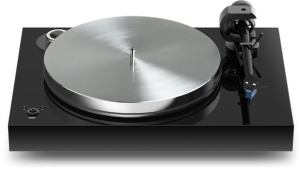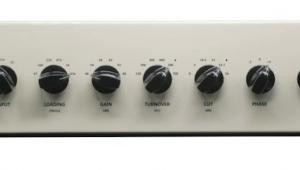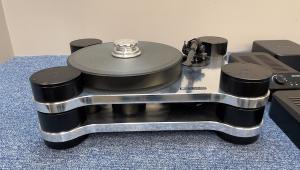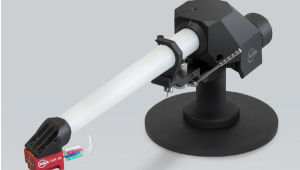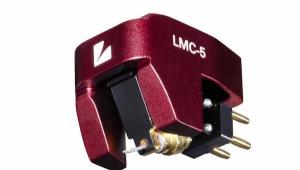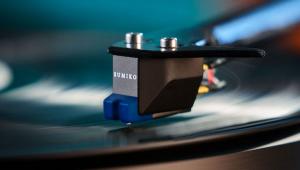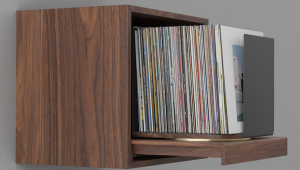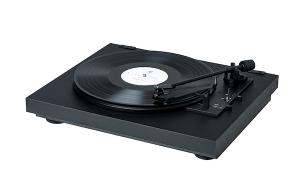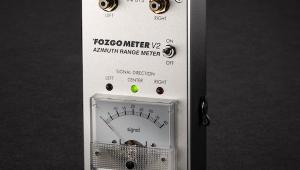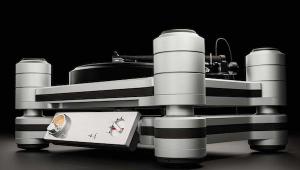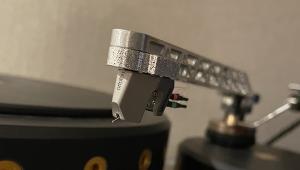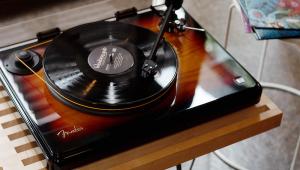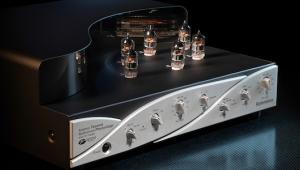VPI Announces "Dual Pivot" Modification For All 3D Printed Arms
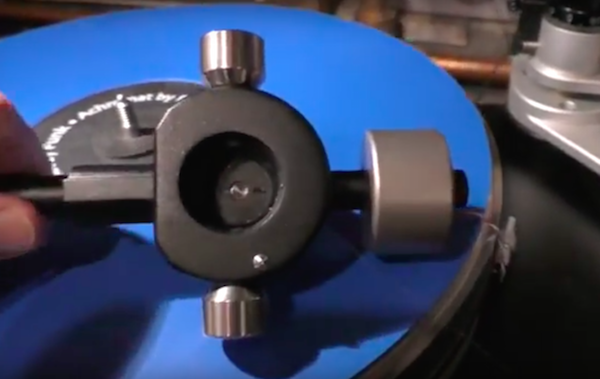
The first dual pivot arm I ever encountered was on Judy Spotheim's LaLuce turntable. It was a unipivot design, with the arm sitting on a single point but with a second adjustable point added to the periphery of the main bearing housing. The second pivot glided on a nearly friction-free pad. The design produced horizontal stability and complete freedom from the usual unipivot horizontal "wobble".
Continuum took a somewhat similar approach with its Cobra and Copperhead arms but on those the second pivot rode on a sapphire ring attached to an ABEC7 ball bearing. BASIS also utilizes a dual pivot design. This is VPI's first design that is not a true unipivot.
The modification is relatively easy: a hole is drilled and tapped into the outer area of the cup housing. VPI supplies a pre-cut sheet of a friction-free 3M material that you apply to the platform that holds the main bearing. Simply put: to adjust azimuth all you have to do is screw the point in or out. On the original arm you had to rotate the counterweight, which caused the arm to tilt in one direction or the other.
The downsides there were that you could easily upset the vertical tracking force as you rotated the counterweight and the adjustment was rather coarse. The new design isn't without its adjustment issues, which are similar to those of the Cobra.
You still have to rotate the counterweight to get the arm to tilt in the direction of the second pivot point. The more you angle in that direction the greater the downforce on the second pivot. How far in that direction do you want to go? Enough for the second pivot to ride stably on the pad you've stuck to the platform but not so much that you've affected the downpressure on the main bearing!
No doubt by adding a second pivot you are unloading to some degree the main bearing but if set carefully it should have no negative effect on the arm's sonic or mechanical performance. Though when you're finished, check your vertical tracking force. (It's easy enough to unscrew the point and set azimuth on the unipivot the "old" way to compare performance if you must.)
Once you've got the counterweight rotated to provide sufficient downforce on the secondary pivot, setting azimuth is really easy. I used a Fozgometer and was in business in a few minutes. So much easier than the previous method!
The fully stable arm is certainly esthetically more pleasing and it means greater theoretical stability in the groove. "Theoretical" because the VPI arm's performance always sounded stable once the stylus was safely in the groove (that's true of the Spiral Groove Centroid arm as well, which also wobbles on its way down to the record surface), but it just feels more secure this way.
It sounded great with the previous arm, and it still does now, but using the arm is now that much more pleasant. VPI is still working on the mod's cost, which requires you to return it. Of course you could always order a second arm with the mod so you can run two cartridges and not miss a minute of music. When there's more information as to cost and turnaround time we'll let you know!


